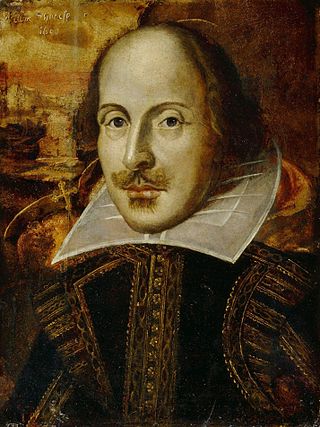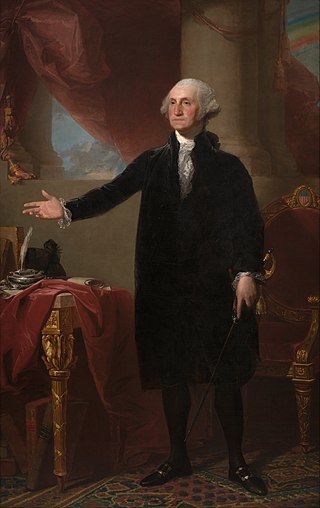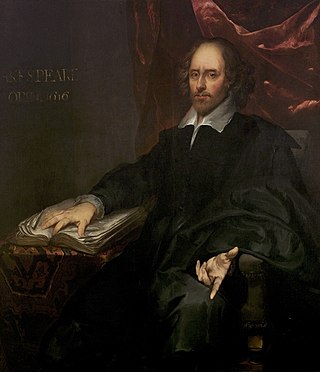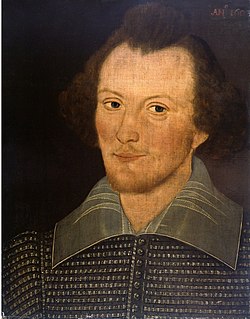
Hans Holbein the Younger was a German-Swiss painter and printmaker who worked in a Northern Renaissance style, and is considered one of the greatest portraitists of the 16th century. He also produced religious art, satire, and Reformation propaganda, and he made a significant contribution to the history of book design. He is called "the Younger" to distinguish him from his father Hans Holbein the Elder, an accomplished painter of the Late Gothic school.

The Ashmolean Museum of Art and Archaeology on Beaumont Street, Oxford, England, is Britain's first public museum. Its first building was erected in 1678–1683 to house the cabinet of curiosities that Elias Ashmole gave to the University of Oxford in 1677. It is also the world's second university museum, after the establishment of the Kunstmuseum Basel in 1661 by the University of Basel.

Elaine Marie Catherine de Kooning was an Abstract Expressionist and Figurative Expressionist painter in the post-World War II era. She wrote extensively on the art of the period and was an editorial associate for Art News magazine.

The Chandos portrait is the most famous of the portraits that are believed to depict William Shakespeare (1564–1616). Painted between 1600 and 1610, it may have served as the basis for the engraved portrait of Shakespeare used in the First Folio in 1623. It is named after the 3rd Duke of Chandos, who formerly owned the painting. The portrait was given to the National Portrait Gallery, London, on its foundation in 1856, and it is listed as the first work in its collection.

Portrait of Baldassare Castiglione is a c. 1514–1515 oil painting attributed to the Italian High Renaissance painter Raphael. Considered one of the great portraits of the Renaissance, it has an enduring influence. It depicts Raphael's friend, the diplomat and humanist Baldassare Castiglione, who is considered a quintessential example of the High Renaissance gentleman.

Portrait painting is a genre in painting, where the intent is to represent a specific human subject. The term 'portrait painting' can also describe the actual painted portrait. Portraitists may create their work by commission, for public and private persons, or they may be inspired by admiration or affection for the subject. Portraits often serve as important state and family records, as well as remembrances.

The Flower portrait is the name of one of the painted portraits of William Shakespeare. A 2005 investigation of the portrait led to the conclusion that it was a forged artwork painted in the 19th century.

Campbell's Soup Cans is a work of art produced between November 1961 and June 1962 by American artist Andy Warhol. It consists of thirty-two canvases, each measuring 20 inches (51 cm) in height × 16 inches (41 cm) in width and each consisting of a painting of a Campbell's Soup can—one of each of the canned soup varieties the company offered at the time. The works were Warhol's hand-painted depictions of printed imagery deriving from commercial products and popular culture and belong to the pop art movement.

St Oswald's Church is in the village of Backford, to the northwest of Chester, Cheshire, England, close to the A41 road and adjoining Backford Hall. It is recorded in the National Heritage List for England as a designated Grade II* listed building. The church dates from the 14th century with later additions and restorations. It contains one of the few surviving aumbries in Cheshire and a number of memorial boards painted by the Randle Holme family. It is an active Anglican parish church in the diocese of Chester, the archdeaconry of Chester and the deanery of Wirral South. Its benefice is combined with that of Holy Trinity Church, Capenhurst. From March 2018 this benefice shares a vicar with All Saints, Saughall.

No contemporary physical description of William Shakespeare is known to exist. The two portraits of him that are the most famous are the engraving that appears on the title-page of the First Folio, published in 1623, and the other is the sculpture that adorns his memorial in Stratford upon Avon, which dates from before 1623. Experts and critics have argued that several other paintings from the period may represent him, and more than 60 portraits purporting to be of Shakespeare were offered for sale to the National Portrait Gallery within four decades of its foundation in 1856, but in none of them has Shakespeare's identity been proven.

Beginning with painter Gilbert Stuart's portrait of George Washington, it has been traditional for the president of the United States to have an official portrait taken during their time in office, most commonly an oil painting. This tradition has continued to modern times, although since the adoption of photography as a widely used and reliable technology, the official portrait may also be a photograph.

The Cobbe portrait is an early Jacobean panel painting of a gentleman which has been argued to be a life portrait of William Shakespeare. It is displayed at Hatchlands Park in Surrey, a National Trust property, and the portrait is so-called because of its ownership by Charles Cobbe, Church of Ireland (Anglican) Archbishop of Dublin (1686–1765). There are numerous early copies of the painting, most of which were once identified as Shakespeare.

Pieter Borsseler or Pieter Borselaer was a Dutch portrait painter who was prominent in England during the second half of the 17th century.

The Ashbourne portrait is one of several portraits that have been falsely identified as portrayals of William Shakespeare. At least 60 such works had been offered for sale to the National Portrait Gallery in the 19th century within the first forty years of its existence; the Ashbourne portrait was one of these. The portrait is now a part of the collection of the Folger Shakespeare Library in Washington, DC.

The Polish Rider is a seventeenth-century painting, usually dated to the 1650s, of a young man traveling on horseback through a murky landscape, now in The Frick Collection in New York. When the painting was sold by Zdzisław Tarnowski to Henry Frick in 1910, there was consensus that the work was by the Dutch painter Rembrandt. This attribution has since been contested, though those who contest it remain in the minority.

Isabella Brant, a portrait drawing, was executed in Antwerp around 1621, by Flemish artist and diplomat, Peter Paul Rubens (1577–1640). Brant (1591–1626) was Rubens' first wife and modelled for some of his portraits until her untimely death in 1626. The portrait is drawn in black and red chalk with white heightening on brown wash paper.

The Lucan portrait of Leonardo da Vinci is a late 15th- or early 16th-century portrait of a man that was discovered in 2008 in a cupboard of a private house in Italy.

The Droeshout portrait or Droeshout engraving is a portrait of William Shakespeare engraved by Martin Droeshout as the frontispiece for the title page of the First Folio collection of Shakespeare's plays, published in 1623. It is one of only two works of art definitively identifiable as a depiction of the poet; the other is the statue erected as his funeral monument in Shakespeare's home town of Stratford-upon-Avon. Both are posthumous.
Daniel Fischlin is a University Research Chair and Full Professor of English and Theatre Studies at the University of Guelph.

Isabella Beetham was an 18th-century British silhouette artist. She began her career by cutting the silhouette images. After studying painting with successful miniature portraitist John Smart, Beetham painted silhouettes to be framed or miniatures were made for jewelry. From 1785 to 1809, she had a business on 27 Fleet Street in London, where she produced silhouettes of men and women. She is considered one of the great 18th century silhouette artists, along with John Miers.




















